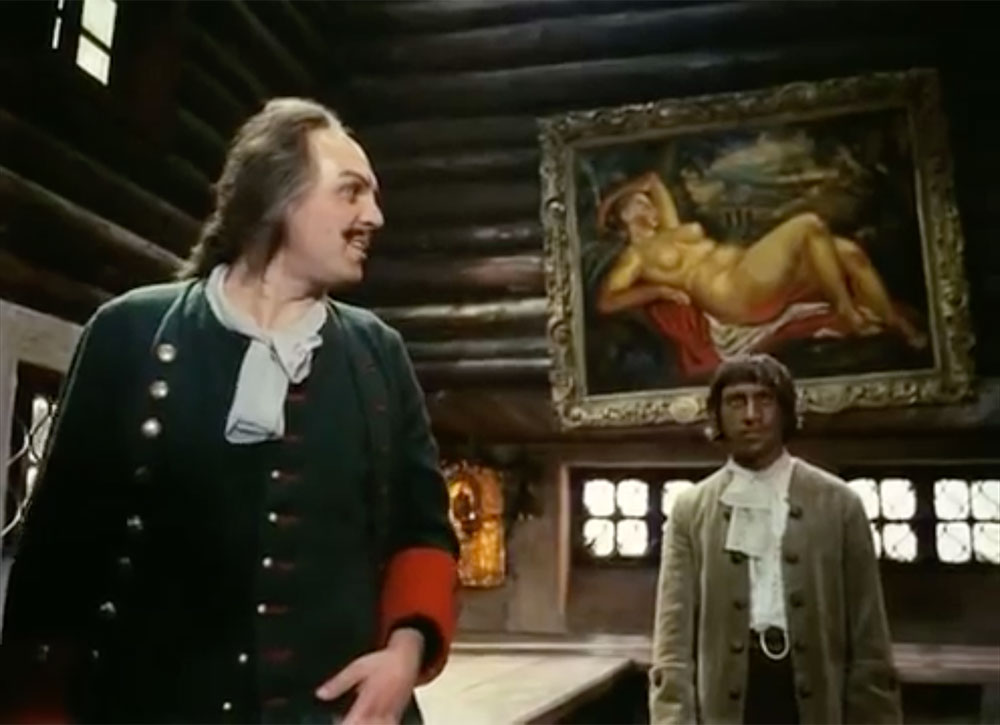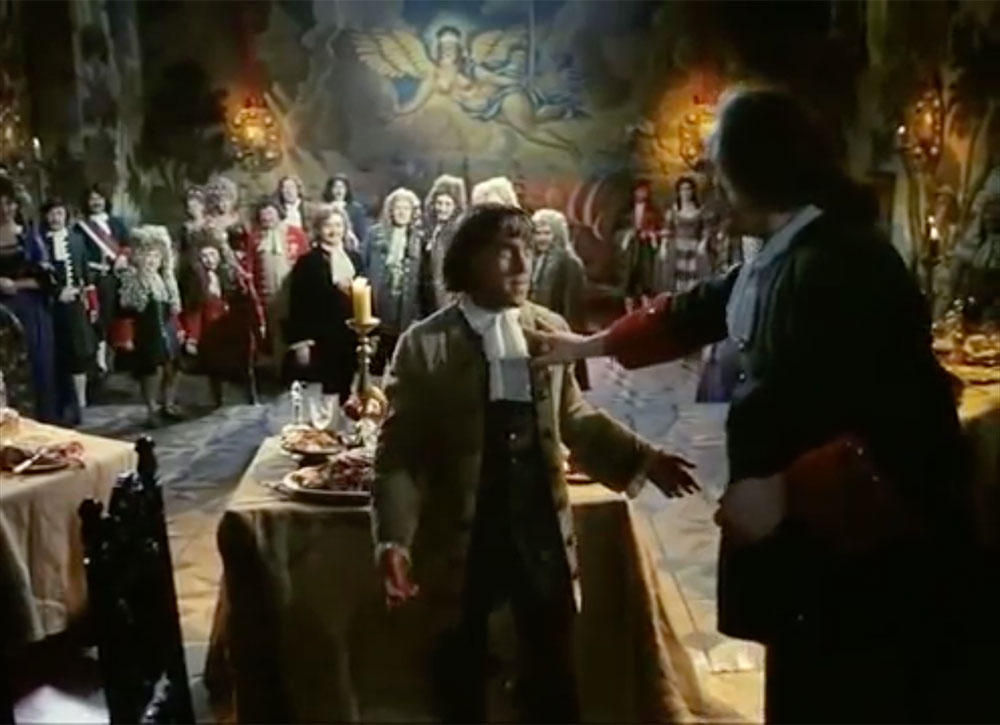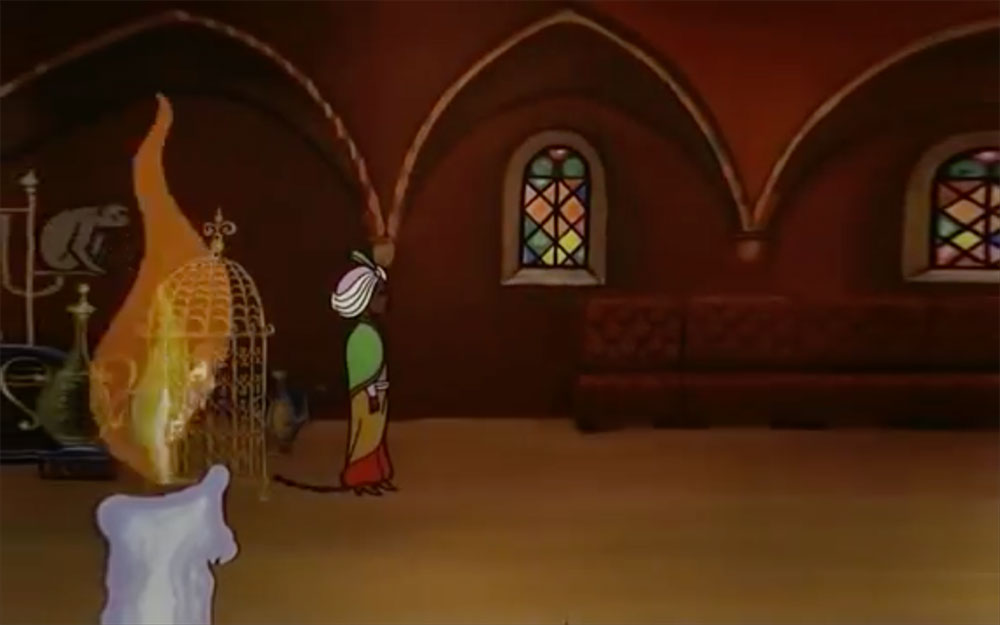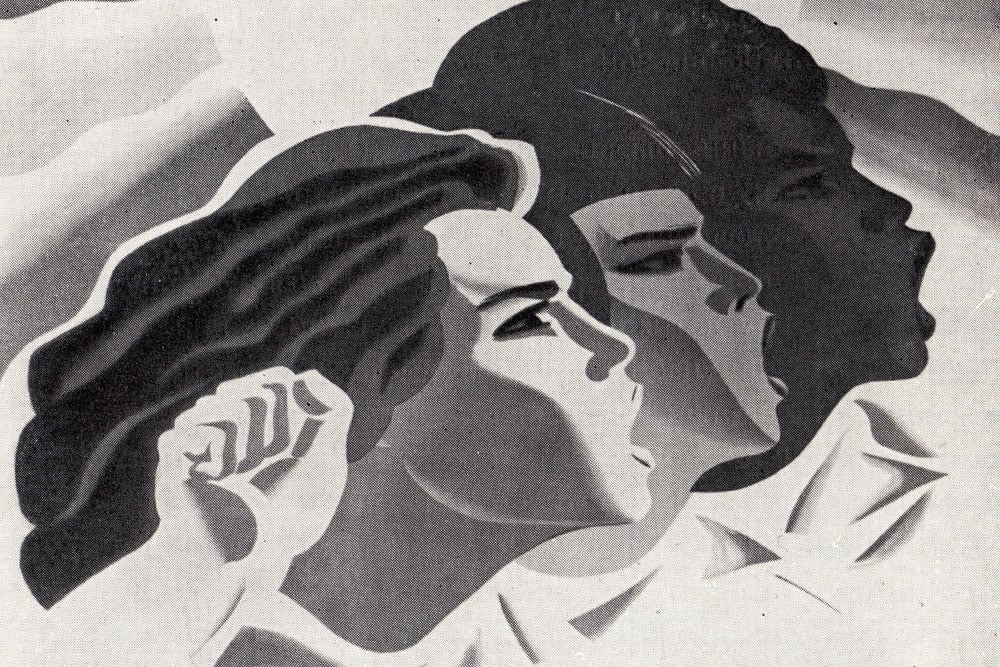History man: making sense of race in Russia via the extraordinary life of Pushkin’s black forebear
Red AfricaNobleman, spy and military engineer — the twisted truth behind Abram Petrovich Gannibal, Pushkin's forebear
For non-Russians, it can be hard to fathom the shadow cast by Alexander Pushkin over the nation’s culture. Credited with inventing a literary form of Russian — some would say he invented the modern Russian language itself — he is cast in a bewildering number of roles: tragic Romantic hero, liberal critic of tyranny, nationalist icon, classical master and poetic rock star. The equivalent in Anglophone culture would be some Frankenstein’s monster combining elements of Chaucer, Shakespeare, Dickens, Twain and Bob Dylan. Now ask yourself this: how would English or American audiences react if it were revealed that these cultural heroes were separated from African slaves by just three generations?
If Pushkin is the fountain from which Russian culture flows then his origins are distinctly non-Russian. The poet’s matrilineal great-grandfather was an extraordinary man named Abram Petrovich Gannibal: an African of mysterious origin who rose from slavery to become a favourite godson of Peter the Great; a Russian nobleman, spy and military engineer; a prodigious mathematician described by his friend Voltaire as the “dark star of Russia’s Enlightenment”. Trying to trace the impact of Pushkin’s African heritage on Russian culture is not easy: Gannibal was a secretive figure and left few clues behind. And so in the 235 years since his death he, like his great-grandson, has been deployed to different ends by different groups, his name becoming a focus of debates about race relations and national culture across the world. So, who exactly was Abram Gannibal, and how have Russians — and others — imagined, reconciled or appropriated the “dark star” behind Pushkin?
Bust of Abram Gannibal at his estate of Petrovskoe
Concrete details of his life are few and far between. It is likely that he was kidnapped off the Barbary Coast in 1703 and sold into slavery at the Ottoman court in Constantinople, before being secreted away by a Russian spy named Pyotr Tolstoy — himself the great-grandfather of a rather famous author. Presented to Peter the Great as a gift, Gannibal served the tsar as a page, in the process gaining his master’s great affection and curiosity.
Pushkin played on his family history to create an image of himself as a hot-blooded Romantic, unfairly shackled by the conventions of Russian courtly life
Peter was one of Russia’s great modernisers, determined to bring the Enlightenment to his backward subjects. Recognising Gannibal’s great aptitude for mathematics and engineering, Peter gave him a liberal education and brought the young man with him on trips to the west. Having arrived in court as an exotic oddity, Gannibal’s rise was impressive: he served as a spy in Paris, where he befriended Voltaire and Montesquieu; he oversaw the construction of fortifications stretching from the Arctic to China; and in 1742 the Empress Elizaveta made him a member of the landed gentry. By the time he died at the probable age of 85, he had outlived eight tsars and tsarinas.
Despite all this, Russians have never truly known or been able to agree upon what Gannibal actually looked like. And this debate over his appearance has always been a debate over just how “African” the great man could really have been, given his impact on Russian culture. Educated Russians have long presumed that Gannibal was Abyssinian — a native of noble Christian Ethiopia, a biblical land far from the dark heart of the continent. “There was nothing of the Negro in him,” protested Aleksandra Smirnova-Rosset, a friend of Pushkin’s in the 1830s. “He was Abyssinian. He had regular features, a cruel but intelligent expression.” At other times, he was labelled a “Moor”, a word that carried Shakespearean connotations of tragic grandeur even if it was doubly geographically suspect. Traces of this anti-African anxiety lasted through to Soviet times. A portrait of a dark-skinned nobleman stored in Pushkin’s apartment in St Petersburg was taken as the definitive image of Gannibal until restoration work revealed that the man’s complexion was the result of pigment disfiguration, and that this upstanding “Gannibal” was in fact a white man by the name of Ivan Meller-Zakomelsky.
While we will likely never know what Abram Gannibal looked like, we do now know with some certainty that attempts to deny his “Negro” nature have always been futile. In his biography of Gannibal, Hugh Barnes pursues one of the few clues that the man himself left as to his provenance — the coat of arms he acquired when made a member of the Russian gentry — and winds up in the Bornu region south of Lake Chad, in modern-day Cameroon. Here he discovers that the inscription on the coat of arms that had long flummoxed scholars — the mysterious word “FUMMO” – comes from the local Kotoko language and means “homeland”.
As for Pushkin himself, the great poet gives us no clearer sense of the “real” Gannibal. As ignorant as his countrymen when it came to Gannibal’s true story (and Africa in general), Pushkin played on his family history to create an image of himself as a hot-blooded Romantic, unfairly shackled by the conventions of Russian courtly life. He often played up the idea of his “Negro” heritage: from sketching out crude self-portraits with distorted simian features, to keeping on his desk at all times an inkwell gifted to him by a friend in the shape of a young African page boy — his great-grandfather in souvenir form. And at one point in Pushkin’s famous long poem Evgeny Onegin, the narrator imagines himself “Under the sky of my Africa/Sighing for gloomy Russia”.
Pushkin did try to compose a historically accurate version of Gannibal’s life, but died before he could finish The Negro of Peter the Great. Perhaps it was too much of an ask for the irrepressible poet to stick to some semblance of non-fiction, especially when it came to his African ancestor. The great Soviet critic Andrei Siniavsky described Pushkin’s version of Gannibal as “a kinship in fantasy”. Once again, the real Gannibal is lost behind the useful fiction.
As long as people are debating national identity, race and diversity in Russia, Gannibal will loom large
In time Pushkin’s fame overtook Gannibal’s, at which point the African ancestor’s legacy took yet another twist. From as early as the mid-nineteenth century, Pushkin became something of an icon for African Americans, to an extent that is not appreciated in Russia. For many, Pushkin was a black man who had found recognition in a white world. His connection to Gannibal tied to his global fame was proof that an African could become the focal point of a national culture – a source of optimism and pride for the myriad African American political and cultural groups that emerged after the abolition of slavery. In 1929 the African-American newspaper The Amsterdam News wrote: “In America Pushkin would have to ride in dirty Jim Crow cars, would have been refused service in restaurants, libraries, and theatres. For Pushkin was a Negro.” A few years later, Langston Hughes, intellectual heavyweight of the Harlem Renaissance, called Pushkin “the first black writer to scale the mountain standing in the way of any true Negro art in America”. In 1949 — over a century after Pushkin’s death, and long after Gannibal had ceased to be mentioned by name — the great African-American singer and activist Paul Robeson would stand in front of a crowd of thousands in New York and proclaim “a whole nation which is now doing honour to our poet Pushkin – one of the greatest poets in history — the Soviet people’s and our proud world’s possession”. Pushkin is still taught today on African-American literature courses, with critic Dorothy Trench-Bonnett recently arguing that his The Negro of Peter the Great “is the first work of fiction in modern times by a black writer, with a black hero”.
Given modern Russia’s reputation for unreformed racism, it is important to remember that for much of the twentieth century its people shared in the pride that Pushkin’s African trace fostered in the likes of Hughes and Robeson. In the words of historian Anne Lounsbery, “Russian racism against people of African descent has remained less codified, less intellectualised, in a sense more naïve than the American variant.” In the Cold War context of Soviet support for independence movements in Africa and propaganda highlighting the USSR’s harmonious ethnic diversity, Pushkin’s direct link to Gannibal was celebrated.
In Soviet culture Gannibal re-emerges from Pushkin’s shadow, becoming something of a folkloric figure; the “graceful figure of gentle stride” and “liveliness, fire and sharp wit” from state-sponsored poet David Samoilov’s 1977 ode Gannibal’s Dream. In the opera The Moor of Peter the Great by emigré composer Arthur-Vincent Lourie, our hero is a time-travelling decadent who challenges autocracy. Lourie described Gannibal as “a monument of Russian culture, the Russian people and Russian history”, and penned his opera as an attack on the racial politics of 1960s America. The greatest – and oddest – tribute to Gannibal is the 1976 film How Tsar Peter the Great Married Off His Moor by Alexander Mitta: an energetic, incoherent romantic comedy featuring cartoonish characters, bursts of animation, dreamlike sets and the bizarre spectacle of the beloved, brooding poet-bard Vladimir Vysotsky blacked up in the lead role. The film is offensive, naïve, confused, celebratory, and it is hard to imagine a less accurate or more fitting portrayal of the great man.
In truth the “real” Gannibal was lost to the world with his death, but the influence of this incredible historical figure on Russian culture has not let up hundreds of years later. As long as people are debating national identity, race and diversity in Russia, Gannibal will loom large. As recently as 2011, African students living in St Petersburg protested against police harassment and racist violence with placards proclaiming themselves the “Descendents of Pushkin”. The former slave will be made to play many more roles yet.
This special report coincides with the Red Africa season running at Calvert 22 Foundation, from February 4th to April 3rd, Wed-Sun 12pm-6pm, 22 Calvert Avenue, London E2 7JP. Further details at Calvert22.org








